As lockdown started easing in England and the weather started getting milder, I decided it was time to explore some fairly local new places that I’d never been to before. Crossing the Cambridgeshire border in to Suffolk, the picturesque village of Long Melford felt like a good option for a day trip. Located close to the border with Essex, it was a great choice and I’d highly recommend it for a day trip/Suffolk staycation option.
History of Long Melford
Prehistoric finds discovered in 2011 have shown settlement in Long Melford dates back to 8300 BC! There has also been evidence of Iron Age finds, plus Saxon and Bronze Age settlements. The Romans also settled here and Roman remains have been discovered in the village, as well as part of the original Roman roads.
The village has 2 manor houses and had started a weekly market as early as 1235, and then survived the Black Death in 1348. The village became a wool and cloth hub, and its affluence grew with as many as 3o weavers in the village and most inhabitants being free men. The two manor houses are still in existence today and are beautiful to visit.
In more recent history, Long Melford was a location for American and Allied service personnel, and German prisoners of war were interned at a camp near the village. Numerous pillboxes and temporary gun emplacements were constructed in the village during the war, and in 2012 a previously unknown underground bunker room was located.
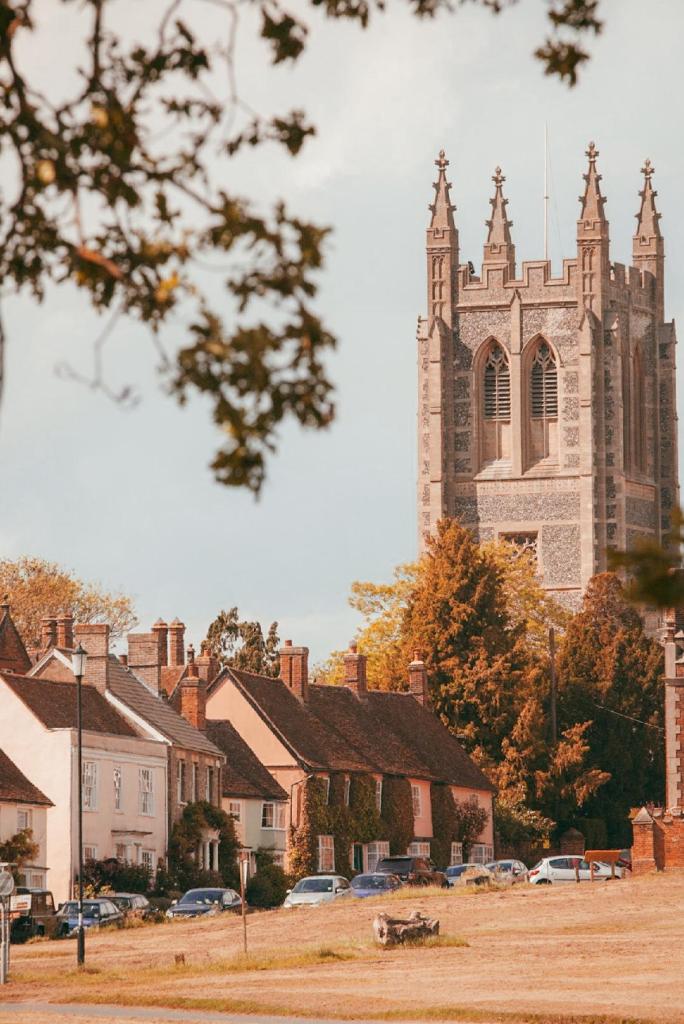
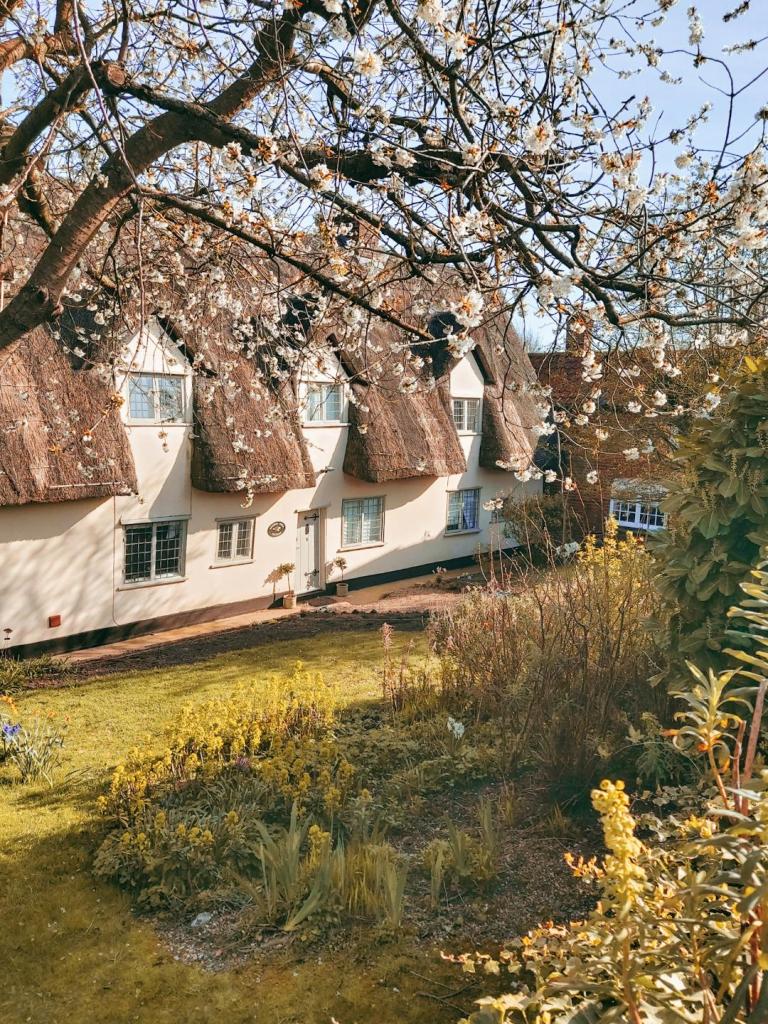
What to do in Long Melford
1. Melford Hall
Melford Hall was built in the 1500s, incorporating parts of a religious building on the site which had been used by the abbots of nearby Bury St Edmunds. During Henry VIII’s Dissolution of the Monasteries, it was passed from the abbots to Queen Mary and William Cordell. In 1786, it was sold to Harry Parker and the family continues to live in a wing of the house to this day. Beatrix Potter was a cousin of the family and was a frequent visitor to the hall from the 1890s onwards.
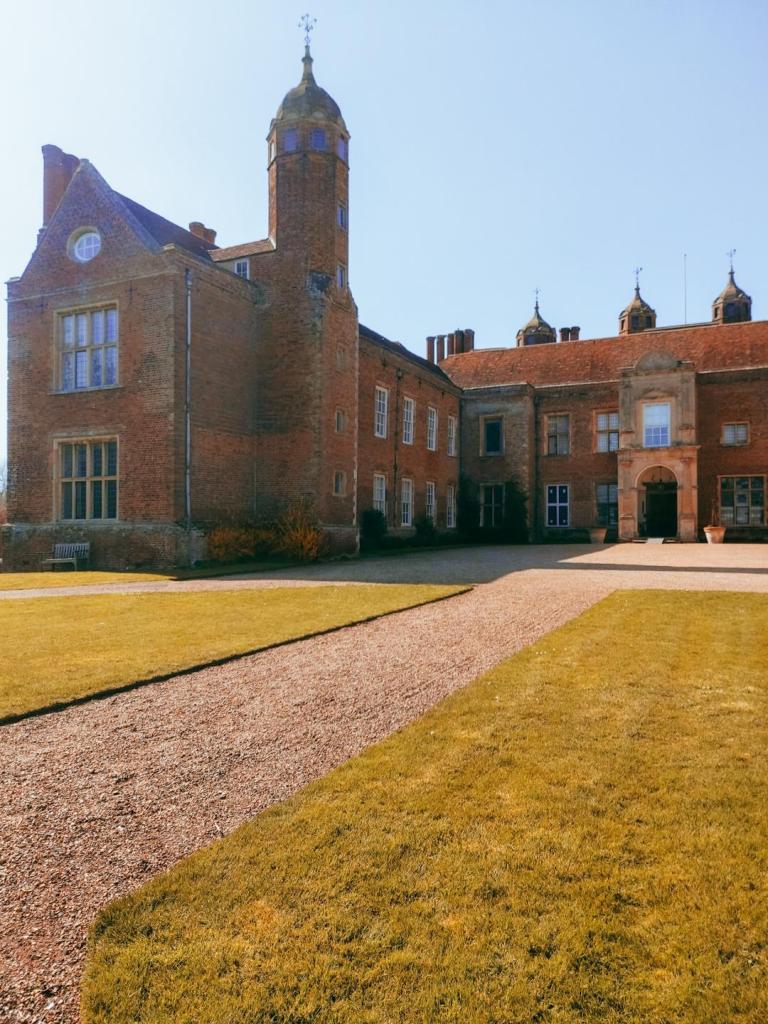
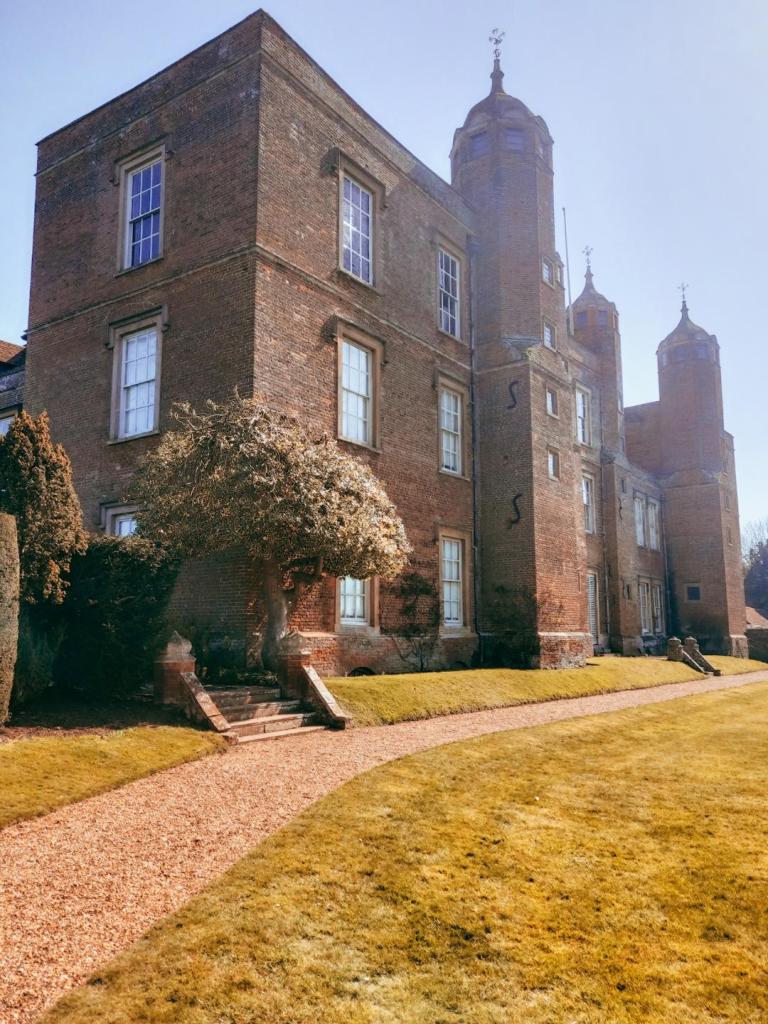
One wing of the hall was gutted by fire in February 1942 but rebuilt and the hall was first opened to the public in 1955. In 1960 it passed into the care of the National Trust and is now open between April and October each year for afternoon visits.
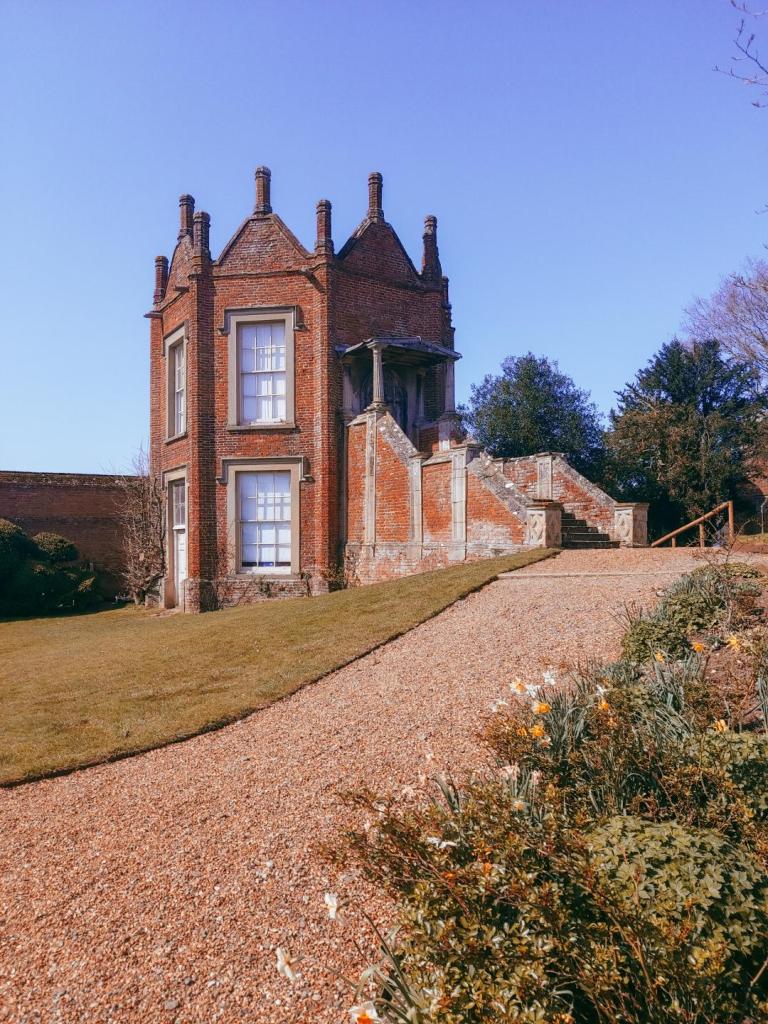
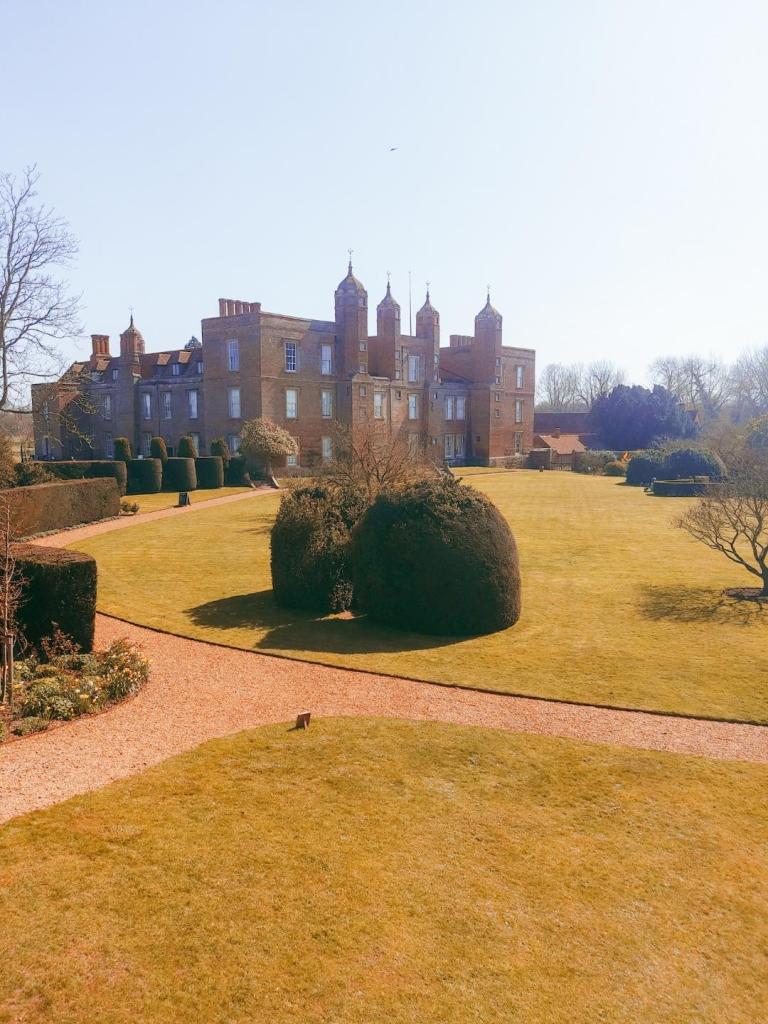
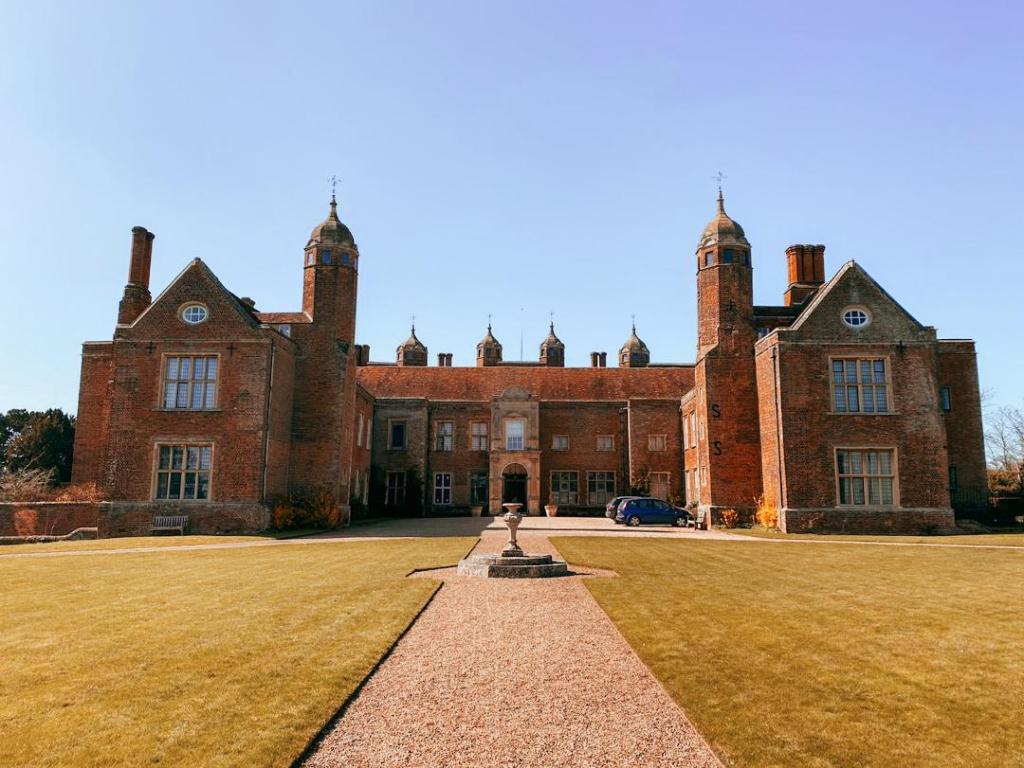
2. Countryside Walks
Long Melford is the perfect place to get out and discover the English countryside. We chose to walk a National Trust walking route of 6 miles starting at Melford Hall which took in the open fields, rolling hills and lovely views of the area. It also takes you along a little brook so often during the walk all I could hear was birdsong and the trickle of water. It is totally peaceful and quintessentially English.
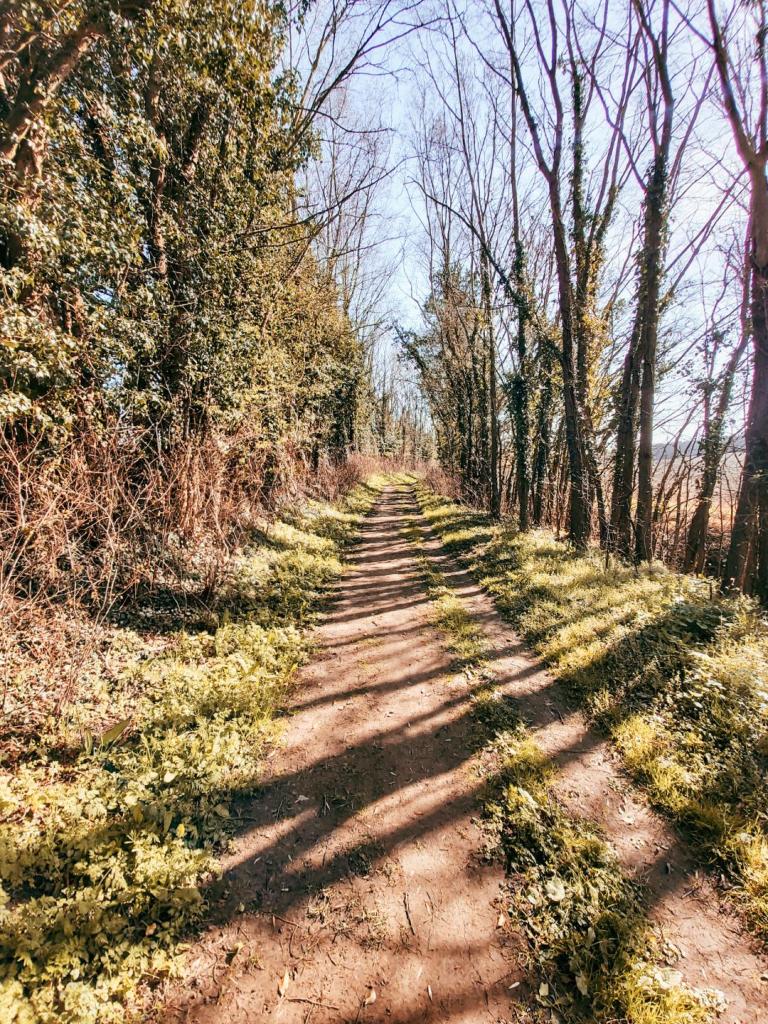
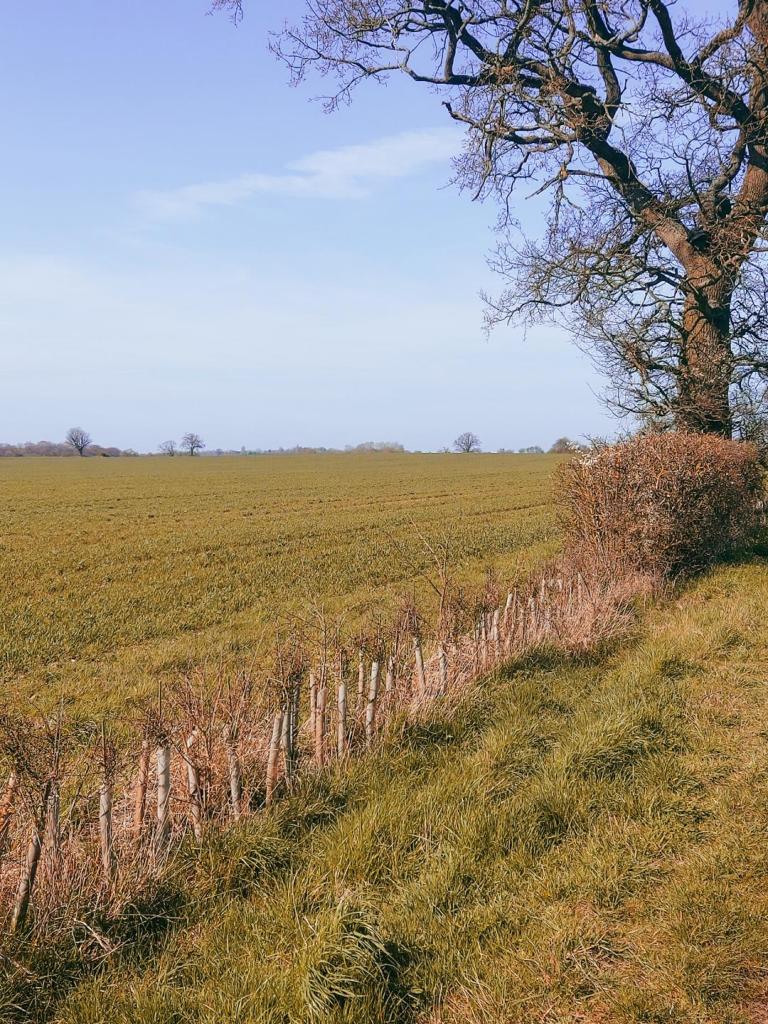
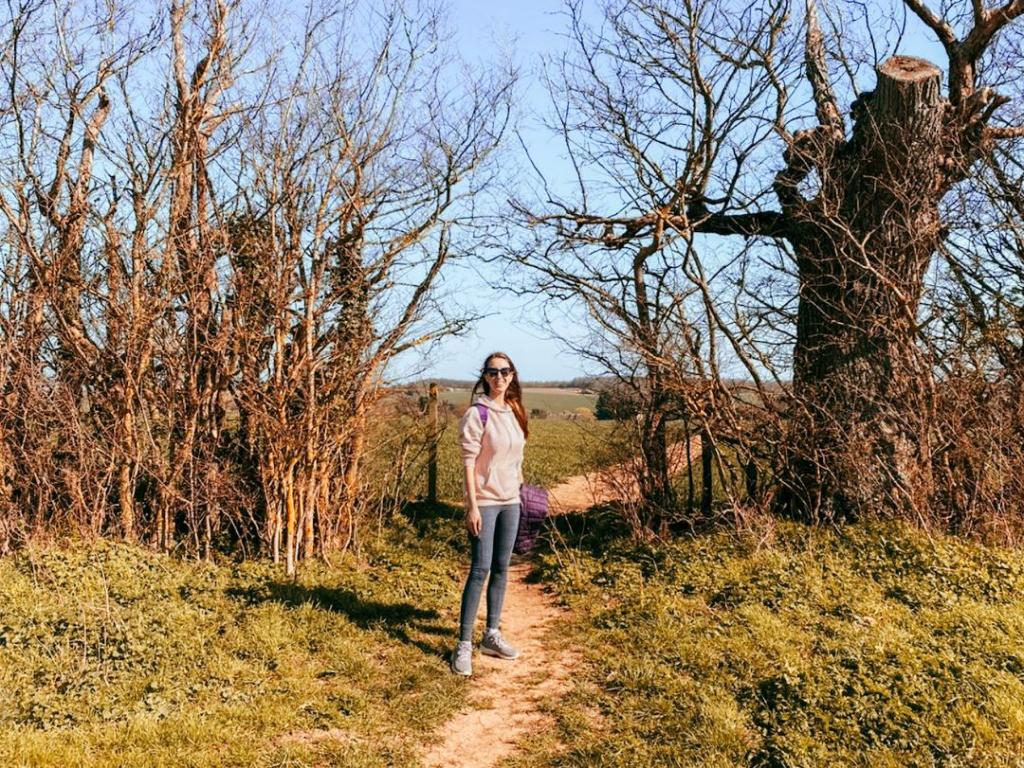
If you don’t want to do quite so long a walk, you could also visit Long Melford Country Park which is an 8 hectare site and includes a nature reserve.
3. Kentwell Hall
First recorded in the Doomsday Book of 1086, Kentwell Hall has been a dominant feature in Long Melford for almost 1,000 years. In 1252, King Henry III granted the house to Sir William de Valence, who was killed in battle in France in 1296. It was passed between a few families, but was in the Clopton Family for 300 years from 1375 onwards. Interestingly, William Clopton fought at the Battle of Agincourt in 1415, and John Clopton was arrested in 1461 and charged with treason, though he was released.
Most of the current Hall we see today was constructed by several generations of the Clopton family. The Clopton’s also contributed more widely to Long Melford and funded the re-building of the Holy Trinity Church in the village – to include stain glass windows of the family, of course! The aforementioned William Clopton is buried in the church where his effigy in full armour is displayed.
Kentwell still maintains its Tudor features and is one of the most important Tudor houses in England. The gardens are also beautiful and host Tudor reenactments, opera and theatre if you want to be really cultured.
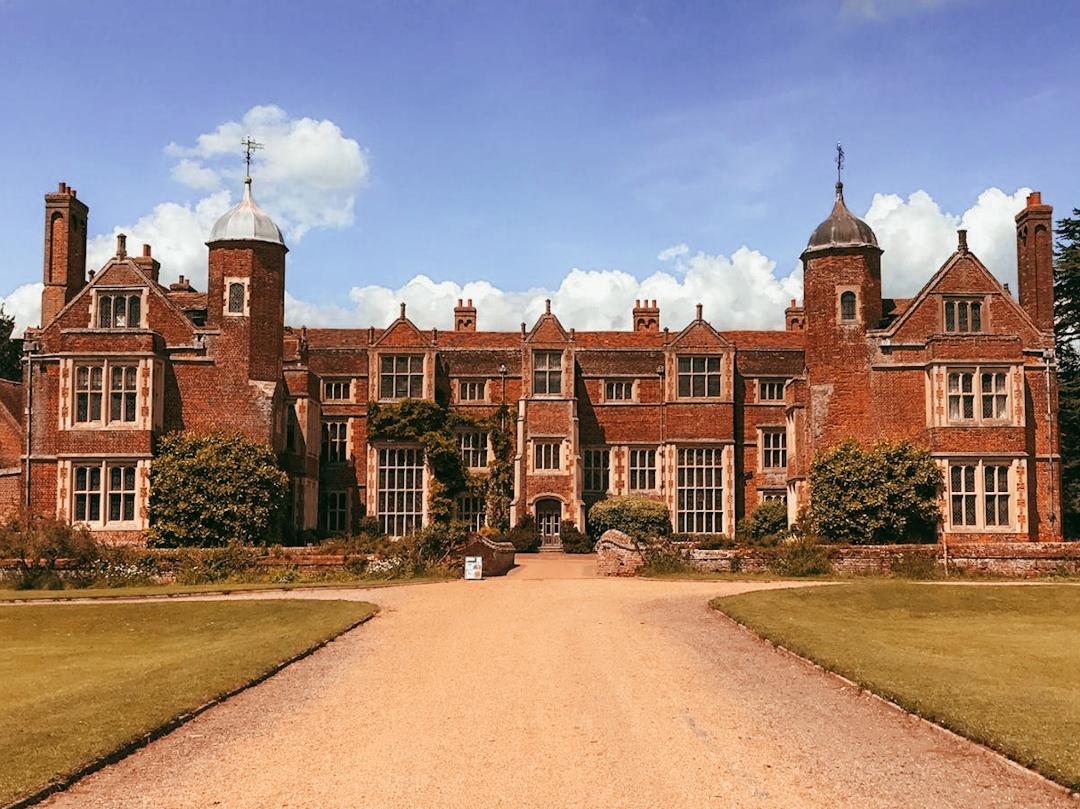
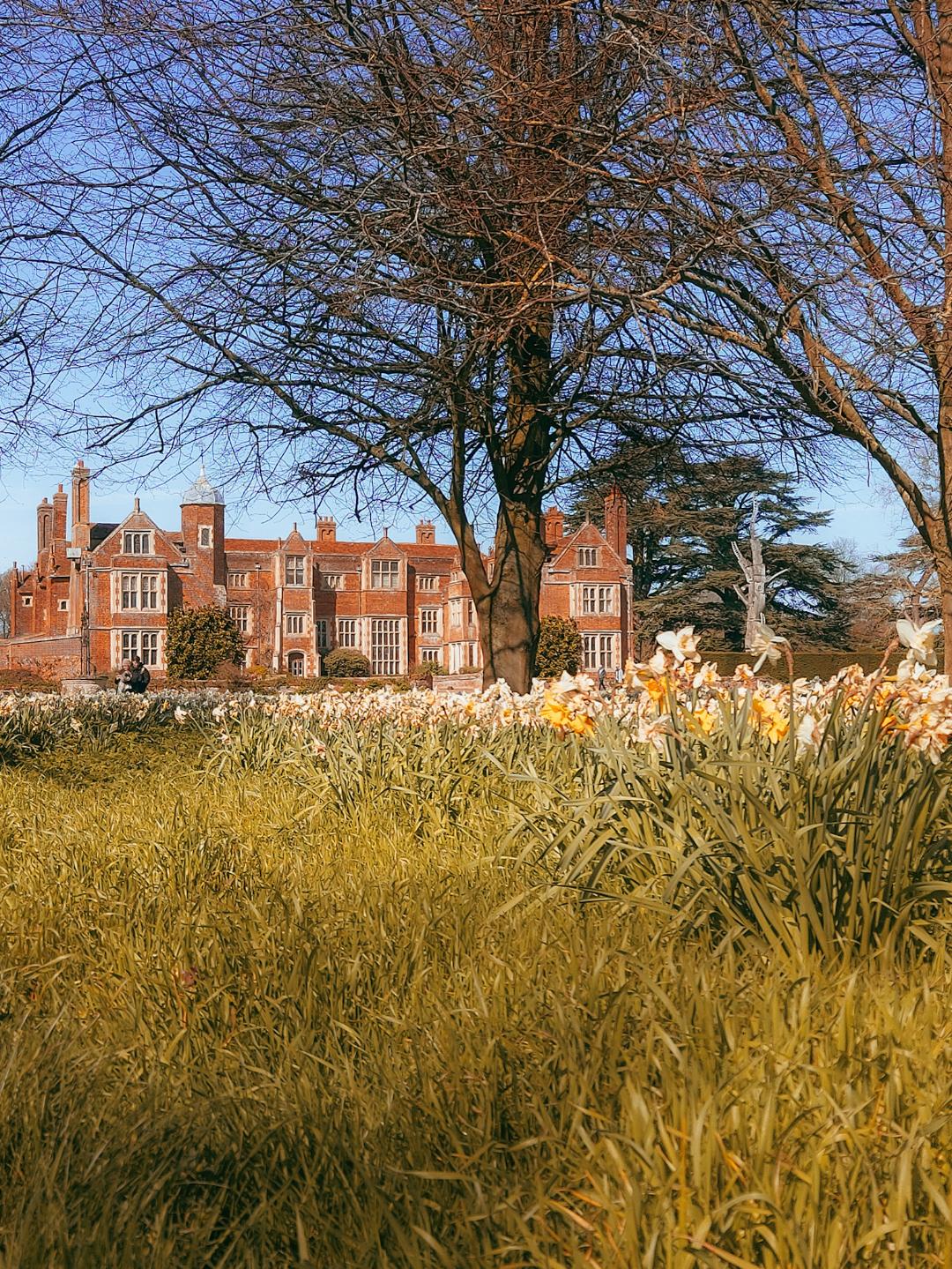
Kentwell Hall in the spring
4. Village Centre and Holy Trinity Church
Long Melford village is absolutely beautiful – the village green is surrounded by pretty houses and thatched cottages which look absolutely enchanting in the sunshine. The village high street is full of nice shops, and good places to eat. The village also houses the Long Melford Heritage Centre, which displays the artefacts dug up around Long Melford from the Roman and medieval periods. It also has photos of how the village used to look, which I always find fascinating.
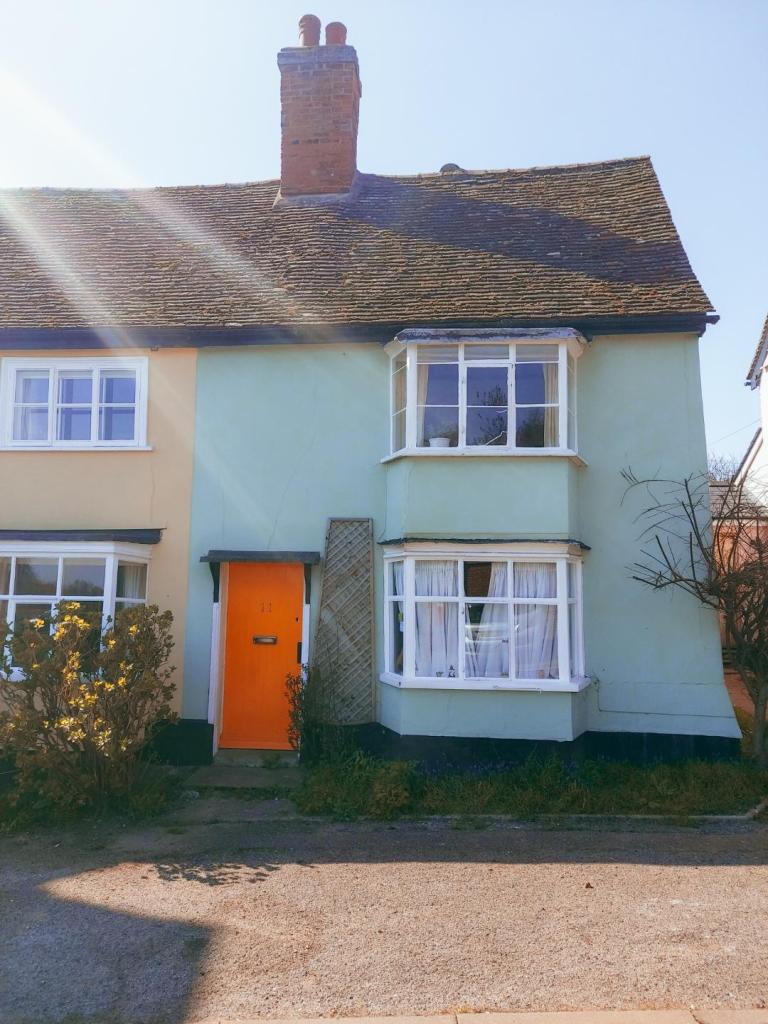
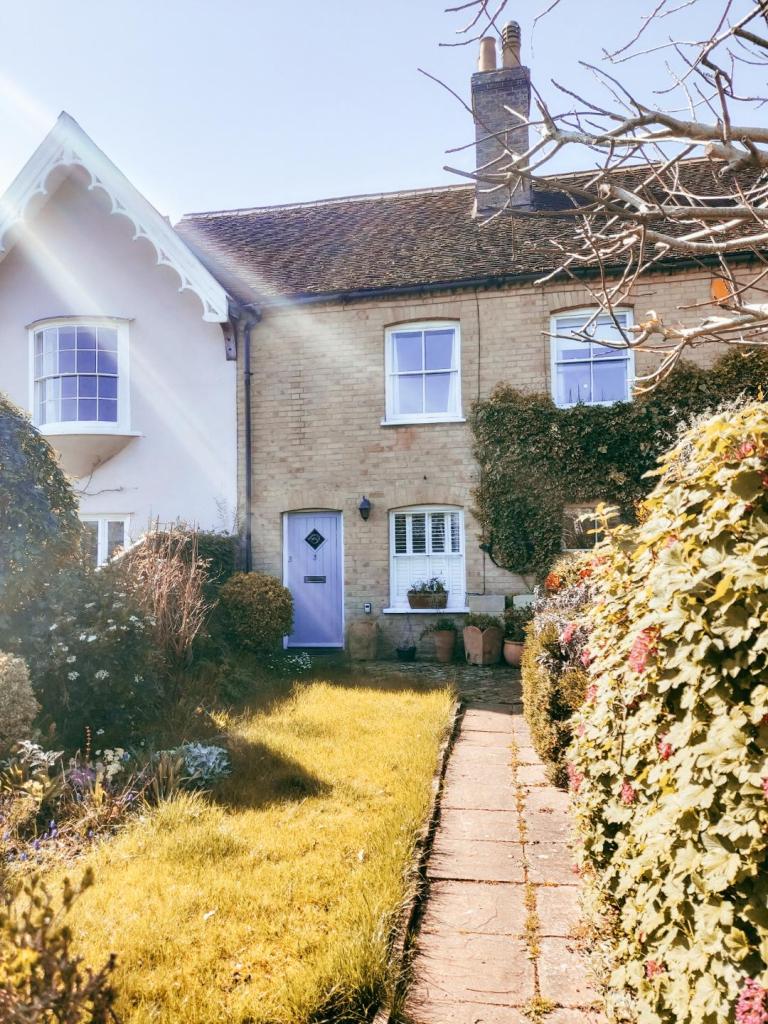

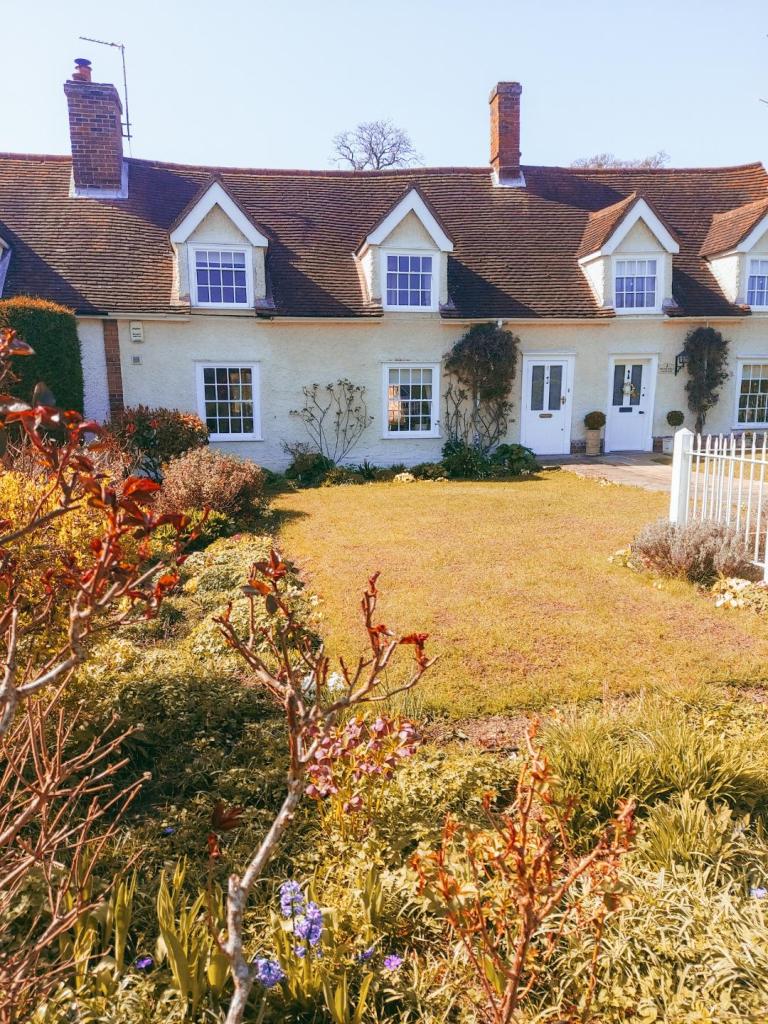
Also in the village is Holy Trinity Church, which is widely said to be one of the most beautiful parish churches in the country. As I mentioned above it was largely rebuilt in the Tudor era, and has many panes of stained glass that are over 500 years old!
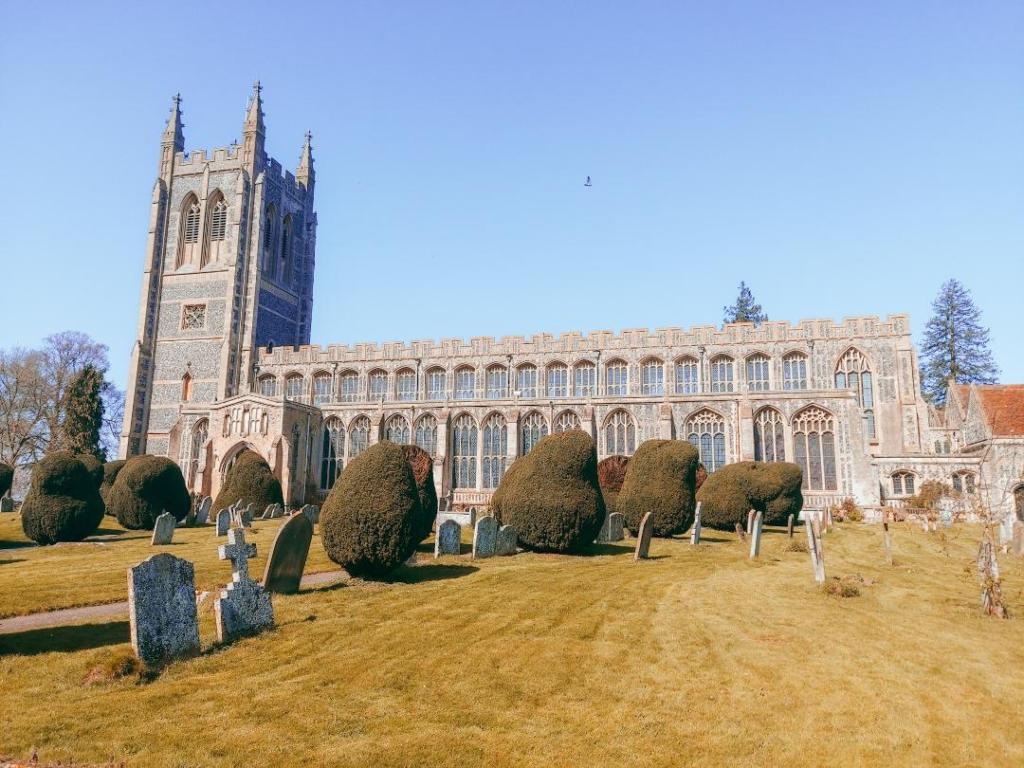
5. Nethergate Brewery
Last but not least on a visit to Long Melford, you could also do a brewery tour of the Nethergrate brewery, and independent local producer of craft beer. The tours cover the brewing process, ingredients used and of course you get to sample some of the flavours too! As I visited during COVID I didn’t actually get a chance to do the brewery tour but perhaps that gives me a good excuse to return to Long Melford one day!
A visit to Long Melford can also be turned in to a long weekend, by combining it with a visit to Bury St Edmunds, historic Lavenham and Ickworth House to make an absolutely perfect mini-break.
Thank you so much for reading. I really hope you’ve enjoyed this post on Long Melford and perhaps will consider visiting one day if you’re in the area. Stay safe and happy travelling.

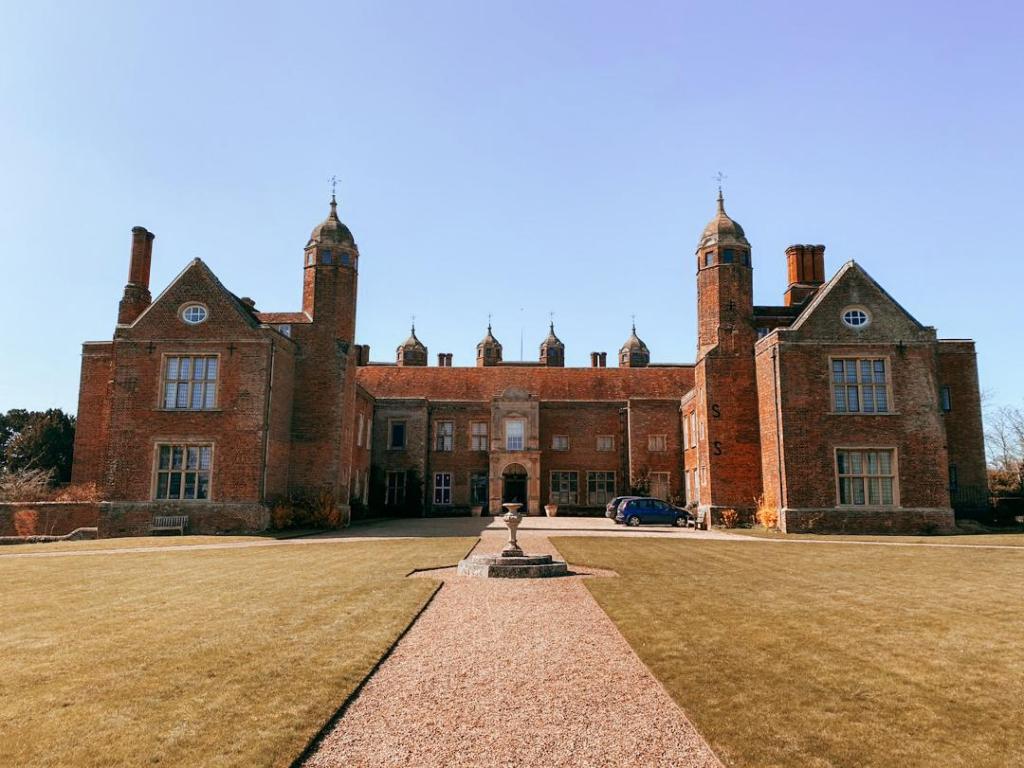
Leave a comment